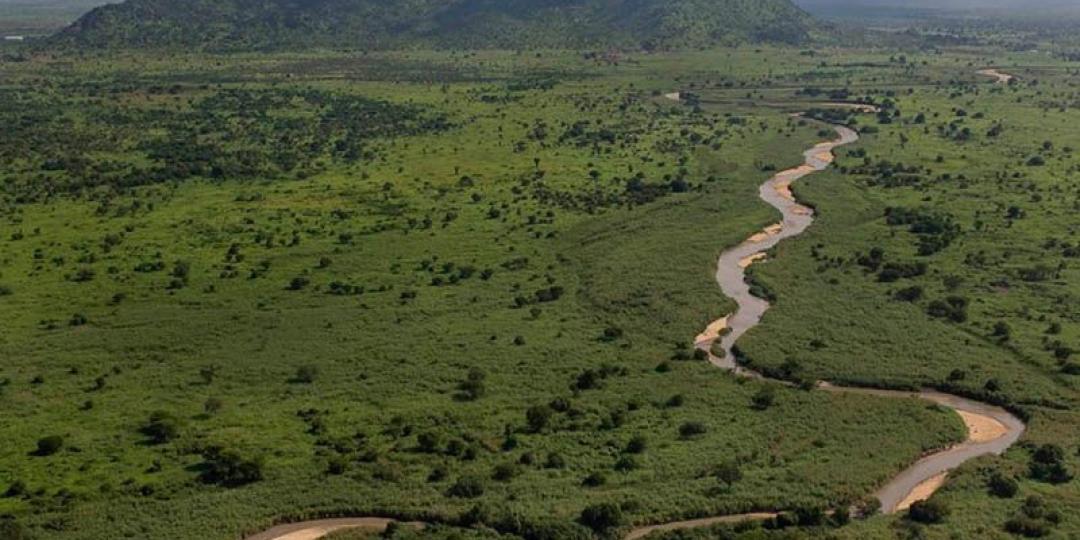The Government of South Sudan and African Parks have signed a ten-year renewable Memorandum of Understanding (MoU) for Boma and Badingilo National Parks, including the wildlife corridors and proposed extension zones – an area that is well over three million hectares.
The signing of the MoU is expected to strengthen the long-term protection of ecosystems and secure lasting benefits for people and wildlife in the area under management.
Under this agreement, the Ministry of Wildlife Conservation and Tourism, in partnership with African Parks, will secure the sustainability of both parks and the migration corridors by upholding the rule of law, stimulating local enterprise, and optimising the potential for conservation-based tourism.
South Sudan’s Minister of Wildlife Conservation and Tourism, Rizik Zakaria Hassan, said: “In signing this Memorandum of Understanding with African Parks, South Sudan has found an experienced partner for South Sudan Wildlife, Parks and Tourism and we look forward to realising the full potential of Boma and Badingilo National Parks and our treasured wildlife migrations and heritage.”
The two parks and the surrounding migration corridors are home to an estimated one million antelope, including the White-eared kob. There are also large migrating populations of tiang (topi), numbering more than 100 000 animals, reedbuck, and the Mongalla gazelle, which number in the tens of thousands. A rich variety of other species include elephant, Nubian giraffe, lion, eland, oryx and ostrich.
CEO of African Parks, Peter Fearnhead, said: “We are exceptionally proud to be working in partnership with the Government of South Sudan to manage these valuable national assets. We congratulate government’s leadership in acting to protect these national resources, which are the lifeblood of the White Nile system and provide sustenance and livelihoods for millions of people. Boma and Badingilo National Parks are critical landscapes that can lead to transformational outcomes for the people of South Sudan and the broader region.”
The parks are located in the vast floodplains of South Sudan, east of the River Nile.























